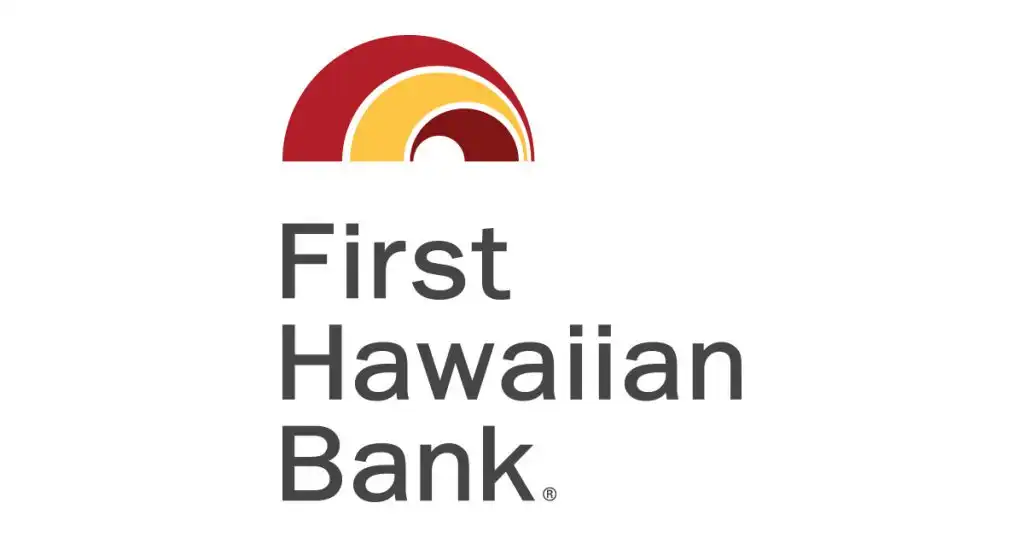Maui Planning Commission gives unanimous approval to new SMA and Shoreline Rules

The Maui Planning Commission unanimously approved updates to Special Management Area and Shoreline Rules in an 8-0 vote on March 28.
After more than a decade of collaboration between the community and the county, the key updates were made. The newly approved updates bring more balance and flexibility for homeowners while improving coastal resilience for the environment, according to a County issued press release.
Maui’s original SMA and Shoreline Rules were created in the early 1970s to establish shoreline building setbacks in sensitive coastal areas. The County’s latest revision to the SMA and Shoreline Rules is the second major update since 2003.
“The new rules reflect many years of work from the Maui County Planning Department, the Maui Planning Commission and community working groups,” Planning Director Kathleen Ross Aoki said in the release. “The updated SMA and Shoreline Rules are more balanced and flexible for homeowners, and incorporate the best available science on sea level rise to bolster coastal resilience.”
The updated SMA and Shoreline Rules are being processed by the Planning Department. The map will help landowners find whether the shoreline setback line applies to their properties.
According to the announcement, the map and adopted rules will head to the County Clerk’s Office in about 45 days. Then, 30 days after they are submitted, the rules will take effect.
Highlights of the new rules outlined by the County include the following:
- Creates categorical exemptions, which allows people to bypass submitting an SMA assessment or permit application if proposed work has minimal to no environmental impact. For example, repairs and upgrades to the interior of homes, with a valuation of less than $500,000 in any 24-month period, within the special management area including the shoreline area are allowed, unless they are seeking expansion or intensifying the use.
- Removes the mandatory requirement of certified shoreline surveys, which cost thousands of dollars, and instead leaves the decision to the discretion of the department.
- Reduces the permitting burden for state-required conversion of cesspools.
- Requires hazard mitigation plans that consider realignment of structures away from the shoreline if existing structures are exposed to coastal hazards.
In 2003, Maui County established shoreline building setbacks based on erosion rates.
“This policy has been successful in siting new development away from the shoreline for hazard protection and improved community and ecosystem resilience. However, the existing setback formula only considers historical erosion and does not factor in worsening conditions due to sea level rise,” according to the news release.
Hawaiʻi Sea Level Rise Vulnerability and Adaptation Report, a 2017 guiding document for coastal planning around the state, urges people to plan for 3.2 feet of sea level rise now and adjust the projection upward in years to come.
Maui Planning Commissioner Kimberly Thayer thanked those who testified as well as working groups for their efforts. “This was a monumental team effort, truly a team effort, by a significant portion of the community. There was a lot of compromise that happened, which means that everybody got their voices heard and something down in these rules. This is a step forward and a foundation for more,” she said during the recent meeting.









